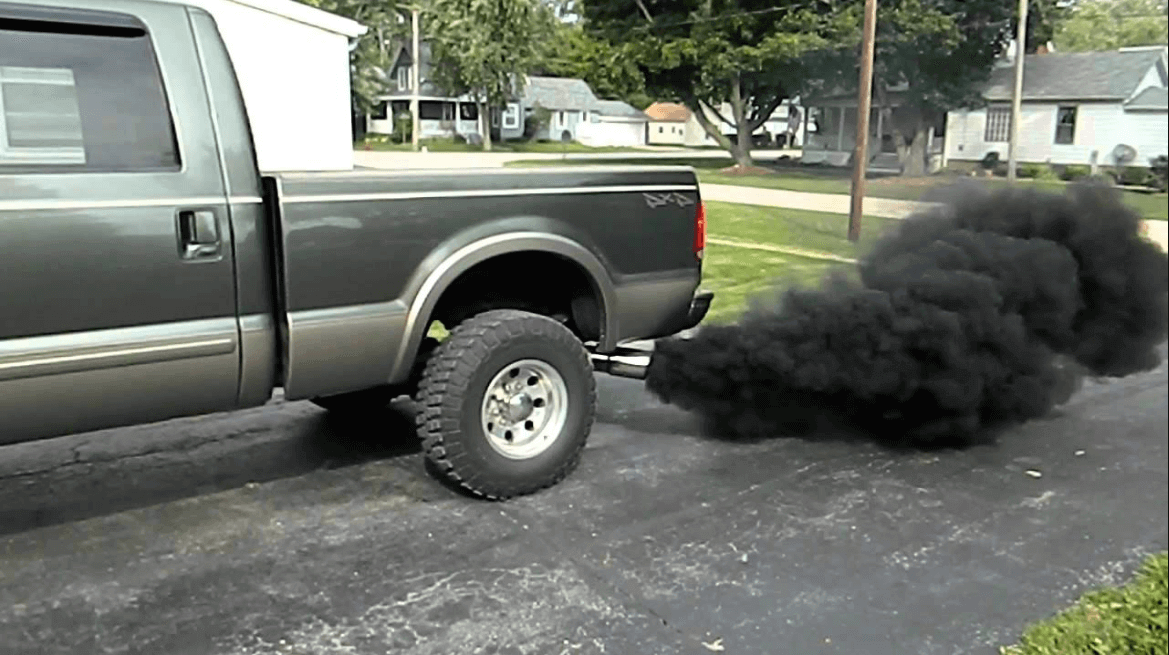Smoke and Tailpipe Noise: Why Do These Problems Call for Immediate Attention?
A dictionary definition of smoke describes any airborne particulate that’s rising from burning fuel, be it wood or some other combustible material. Keep that in mind while we delve into smoke and tailpipe noise, because these unwholesome issues need immediate attention.
Worst-case Exhaust Smoke Issues
Just as a sharp-eyed physician can diagnose medical problems by conducting a few basic tests, so can a mechanic see that something is seriously amiss when your vehicle is producing smoke. Even the colour of the cloudy stuff tells a story. White smoke is often a clue that a coolant leak is in progress. Blue smoke, something no one ever wants to see, indicates a breach in the engine. Oil is burning, the noxious leak is poisoning the breathing cycle of the engine, and the environment is being exposed to very harmful emissions. This worst-case scenario represents a significant threat to the local ecology and to the driver. It must be repaired.
The Hazards Associated with Noisy Tailpipes
This problem doesn’t seem half as serious as a smoky exhaust system, but a rattling tailpipe could be symptomatic of something worse. If nothing else, the driver can look forward to noise citations from neighbours, but this issue is almost inconsequential when compared to what could be going on here. A failing exhaust makes noise when internal components have worn thin. The parts deteriorate due to heat fatigue and then separate. Worse still, the vibrations travel the length of the pipework. The noise escalates, becomes a deafening rattle, and clamping mechanisms give way under the mechanical stress.
Smoke and Tailpipe Noise Won’t Just Go Away
Even when this isn’t a worst case scenario, something has obviously gone wrong. The fuel mix is burning too rich or the air filter is clogged. Regardless of the cause, fuel economy will plummet as the engine chokes and misfires. Engine check lights will light up the dashboard in flashing red. Additionally, the tailpipe noise mentioned earlier doesn’t do you any favours by immediately breaking out into a rattling cacophony. Just as with the exhaust system, a smaller leak is at first almost undetectable. The noise is excessive but manageable. Don’t ignore this sign of a corroded or leaking tailpipe, not if you want peak performance from your auto.
All these smoky colour changes and cloudy emissions should immediately raise a red flag. Similarly, the combination of smoke and tailpipe noise must be addressed immediately if the environment and the driver are to be defended against nasty pollutants.
Main Source: This Post "Smoke and Tailpipe Noise: Why Do These Problems Call for Immediate Attention?" appeared first on "Muffler & Exhaust Tips"




Comments
Post a Comment